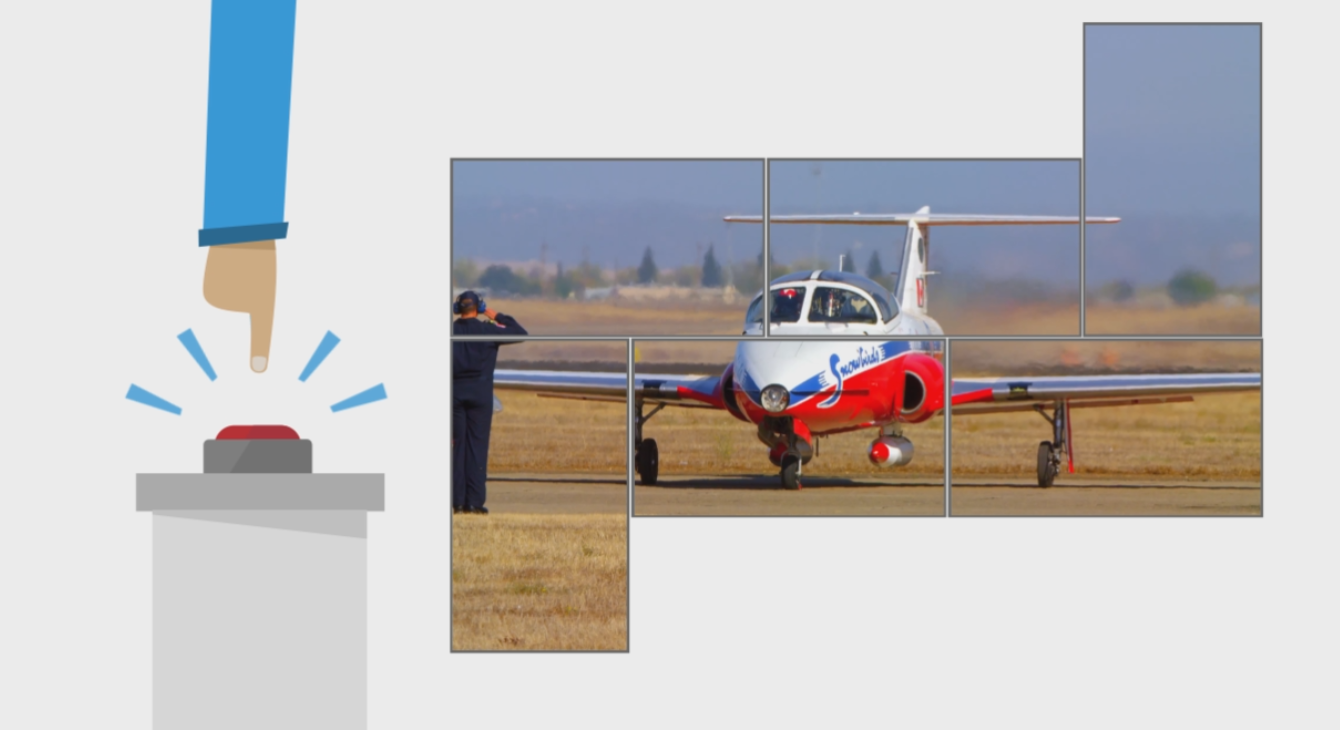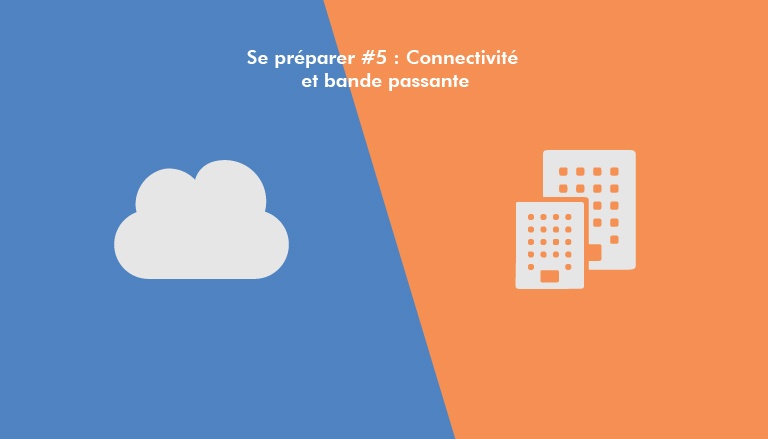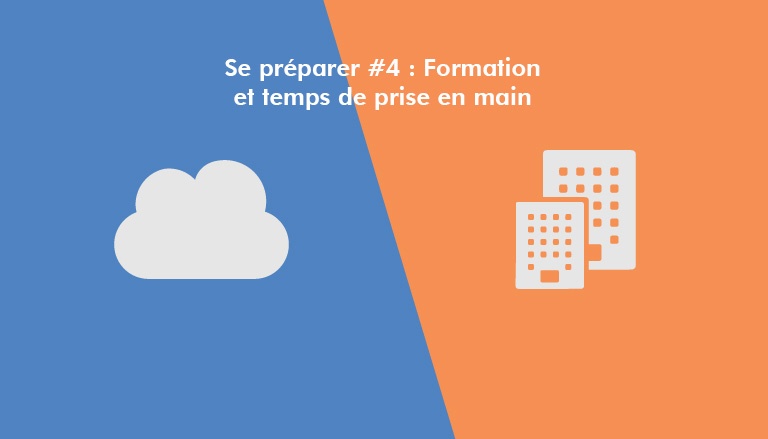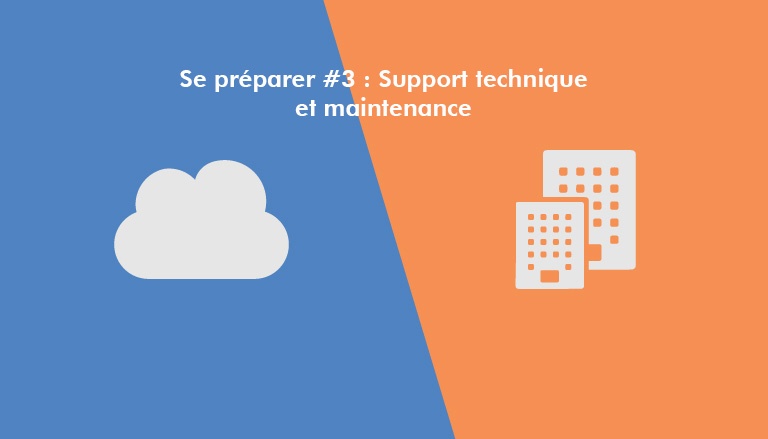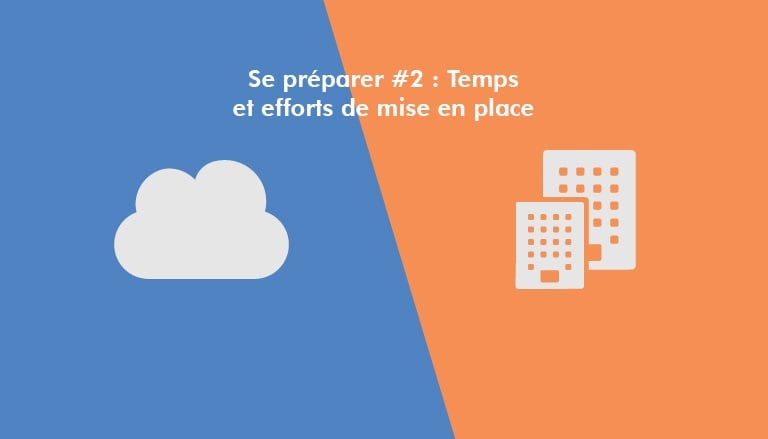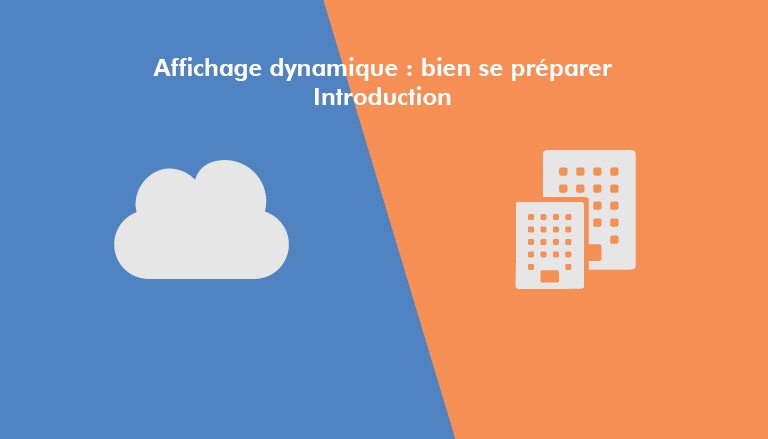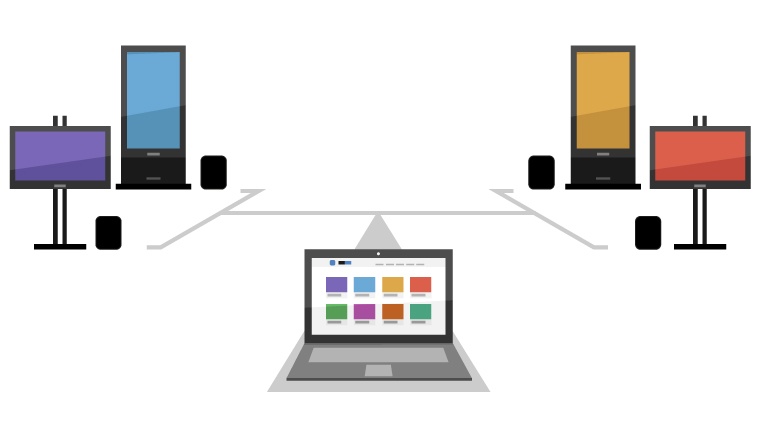The historic software has appeared during the 80’s and has known its finest hour with manufacturers like IBM or Microsoft. In the early 2000’s it got competition with the arrival of the SaaS solutions, made possible by the democratisation of internet in firms. Slowly, professionals are letting go of their historic software to the benefit of SaaS, being more flexible and upgradeable....
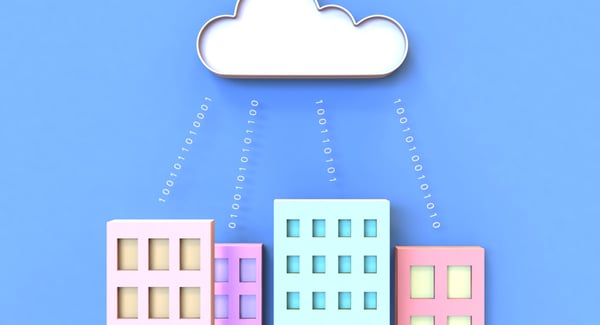
What is SaaS?
SaaS is an acronym which stands for “Software as a Service”, namely a solution developed as a service.
- Often diagonally opposed to historic software, it’s a solution that is hosted on the internet in its entirety (in the “cloud” or “cloud-based”).
- Using such a solution saves you from the labour of installing it: everything is integrated in the internet browser and the program can be used immediately.
- The “service” is no longer specific to one post, but has become directly accessible on-line, with any browser for example.
- An authentication (password, key…) allows you to connect to a web platform and to access the offered services.
- Professional SaaS solutions are used for videoconferences, CRM, HR management, to unify communications and as a messaging service.
- The great flexibility of this solution, and the social and collaborative dimensions contribute to the fact that it’s becoming more and more common in the daily life and processes of companies.
- Establishments ranging from insurance providers and e-commerce sites to factories use SaaS solutions as a management platform for their internal operations.
When SaaS starts to take precedence over historic software
The age of historical software is over, SaaS, more capable of responding to the expectations of companies, has taken its place:
- No installation is required: Using such a solution saves you from the labour of installation: everything is accessible through the web browser and immediately usable. Sometimes a dedicated program asks to be installed, often for reasons like optimisation of the user experience or interface, most notably on mobile devices (yet the service remains usable either way).
- ”On-premise” software (locally installed) are inevitably obsolescent: the software has to be bought in a store and installed on a hard drive. It is often impossible to update, except if you buy the new version or if a technician passes by to do the maintenance (and he has to be paid). Without an internet connection or contact with the software editor, if your software doesn’t correspond to your ever evolving needs anymore, the only thing left to do is uninstall it and stop using it.
- A SaaS service is automatically updated and can thus dispatch the use of historic software to the Stone Age. Today the programs evolve constantly, and adapt to the expectations, comments and feedback of users. These updates are included in the subscription and are done from afar, without user intervention.
- A more adapted subscription system: rather than buying a software that’s going to go bad, it’s much easier to subscribe to an evolving service. Since the SaaS model has no programmed lifespan, its purchase can’t have any either. The system of subscriptions is thus the most used and the most logical: you use services developed by the program editor, and at no extra cost you also receive assistance and updates.
- Managing power from everywhere and anything: dematerialized solutions are generally accessible from any device: smartphone, tablet, or laptop… and from anywhere if the terminal is connected to the internet via 3G or 4G. Ideal for people who are out of office or at a meeting, the question of mobility has to be one of the determining ones when looking for a service provider.
Connecting your information system to the internet doesn’t have to be scary anymore!
Do you know the weak point of all digital systems? Humans. Attacks and hacker penetrations are often made possible by human error. The architectural system, whether it be local of SaaS, is generally not at fault.
- All banks use SaaS solutions: If we can name one sector that’s really attentive to questions of security of data, it has to be this one. And guess what? All use SaaS solutions and have developed radical security protocols to guarantee the safety of the data. Whether or not you can have faith in the security of SaaS solutions is no longer up for debate.
- The world is connected, why not you? Today, we all have access to the web. Even objects are beginning to become terminals that deliver data. The entire world is on SaaS hosted platforms. They make it possible to pool information, to work in a unified manner with multiple people or to command objects without moving from your desk. Even cars are connected to the internet. Through the adoption of a SaaS solution a company can start its digital transformation, for example. Habits evolve and companies have to follow. It’s not only a question of adapting but also one of improving your daily life.
Digital signage cannot escape the SaaS revolution
The sector of connected screens is also living this change and only those service providers that offer a SaaS platform manage to stay ahead in the market…
The needs of POS managers or advertising agencies have evolved with the advances of technology.- Today, it has become far too costly (in terms of money and time) to install software on each communication post, this also makes collaborative management harder.
- Imposing stationary work stations for the management of screens slows down the reactivity at a considerable rate.
- Even without taking into account the fact that the purveyor will have to pass by any time there’s an incident in the software which can only rarely be solved from afar.
- The expectations of the professionals are clear: that all screens in all points of sale be managed by a number of people from around the globe.
Only an SaaS platform will allow you to unify all that information and make this possible.
Cenareo offers an all-in-one SaaS solution for digital signage.
Talk to us about your project, and let’s boost your company together.


